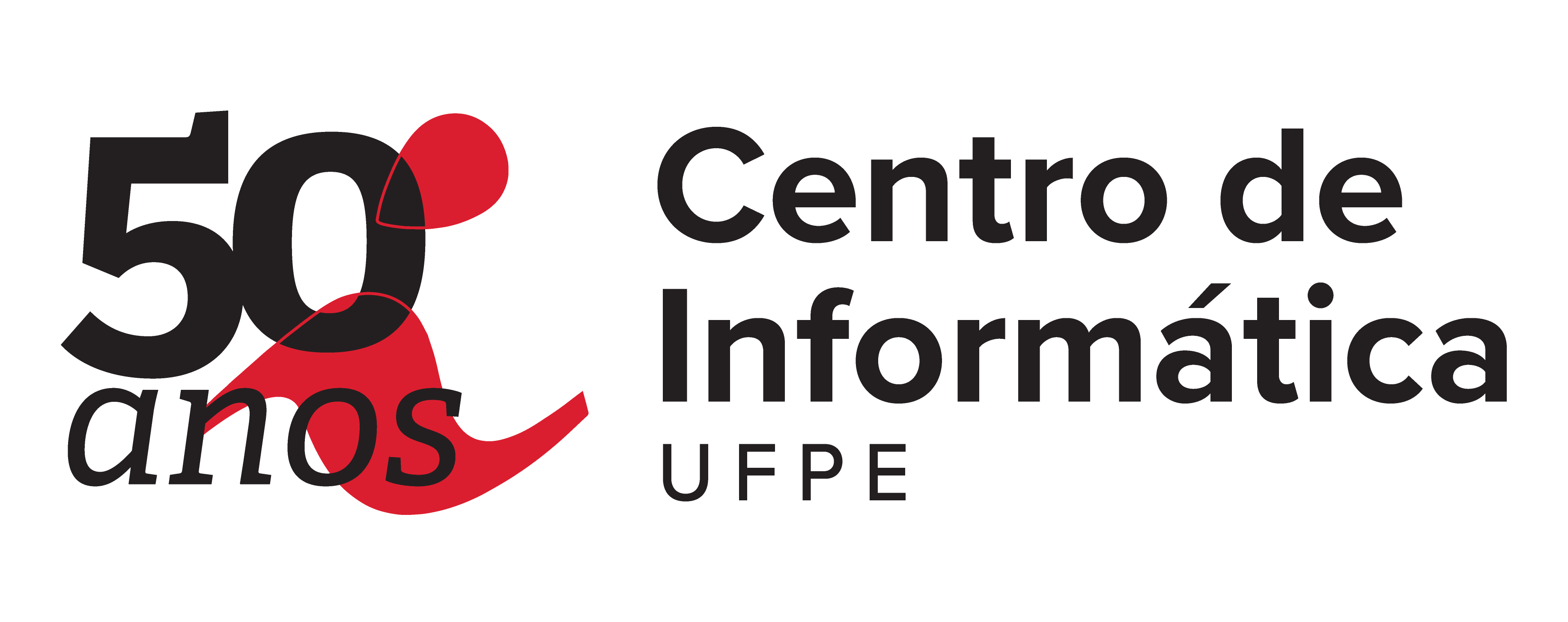Encontro acontece no dia 22 de maio, às 10h, e conta com transmissão ao vivo
O Centro de Informática (CIn) da UFPE recebe, na quinta-feira (22/05), às 10h, o professor Boris Mirkin, da National Research University Higher School of Economics (HSE), de Moscou, para um seminário presencial, com transmissão ao vivo pelo YouTube do Centro. Reconhecido internacionalmente por suas contribuições em Ciência de Dados e Inteligência Artificial, Mirkin abordará o tema “Method of Anomalous Clustering and Its Applications”, discutindo um método alternativo ao tradicional ‘k-means’ para análise de dados complexos. A palestra, que será conduzida em inglês, é voltada para a comunidade acadêmica e será realizada no Anfiteatro do Bloco A.
Com uma carreira atravessada por contribuições pioneiras em clustering, Boris Mirkin é professor titular no Departamento de Análise de Dados e Inteligência Artificial da HSE (Moscou) e professor emérito da Birkbeck, University of London. Autor de obras influentes como “Clustering: A Data Recovery Approach” (CRC Press), atua nas áreas de machine learning, data visualization e pattern analysis, com aplicações que vão da genômica à oceanografia. Membro da Academia Europaea e do UK EPSRC Peer Review College, Mirkin possui mais de 100 publicações em periódicos revisados por pares e já orientou mais de 20 doutorados na Europa e na Rússia.
Confira abaixo o resumo da palestra:
The concept of anomalous cluster emerges within the least-squares data recovery framework due to a Pythagorean decomposition of the quadratic data scatter in two items, the square error k-means clustering criterion and a complementary additive term to be maximized during any clustering process. Any single item in this term may serve as a clustering criterion. It appears this leads to a workable algorithm for clustering and, moreover, to extensions at more specific data structures such as sea surface temperature (SST) maps. An algorithm derived within the individual anomalous cluster framework extends a popular approach, the so-called region growing algorithms. Yet our approach differs in that the algorithm parameter values are not expert driven but rather derived from the anomalous clustering model. Our sequential extraction strategy has two advantages in the context of the issue of automating upwelling description: first, it is consistent with the nature of the upwelling phenomenon under consideration, because at each time instant, there is only one major upwelling region to occur at the coast off Portugal (if any); second, it allows to apply the Self-Tuning Seed Expanding Cluster (STSEC) algorithm (Nascimento et al., 2015), as a prerequisite to the current core–shell methodology. The STSEC algorithm follows the same least-squares strategy, so that its application is, in fact, part of the core–shell method being developed here. Moreover, its application to SST images as temporal data puts the business of finding relatively stable “time windows”, here called “ranges”, for obtaining the core clusters onto an automated footing. Therefore, we propose a three-stage clustering method for the spatio-temporal analysis of upwelling. First, the STSEC algorithm is applied to each collection of SST grids, characterizing an upwelling season, resulting in the segmented upwelling regions. Second, our Iterative Anomalous Pattern (IAP) algorithm unsupervisedy finds those ‘ranges’, from the STSEC segmentations, to define stability periods within the upwelling season. At the third stage, the STSEC segmentations belonging to each range are given as input to the core–shell clustering algorithm to further transform the corresponding upwelling instants into a core–shell cluster and the corresponding intensities.

Comentários desativados